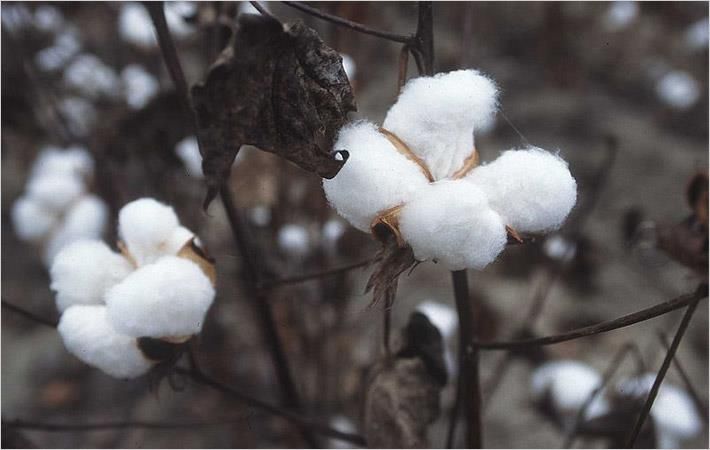PSF & TMC schemes can double cotton farmers' income: SIMA

Earlier this week, the Cabinet Committee on Economic Affairs chaired by Prime Minister Narendra Modi approved increase in Minimum Support Price (MSP) to the tune of 28.11 per cent for medium staple cotton and 26.16 per cent for long staple cotton for the 2018-19 season. Accordingly, the MSP has gone up to Rs5,150 per quintal and Rs5,450 per quintal for medium staple and long staple cotton varieties.
The steep increase in cotton MSP would largely benefit the farmers, but it would increase the cost of clothing. It might also affect cotton exports if Indian cotton prices rule above international prices, SIMA chairman P Nataraj said in a press release.
SIMA chairman urged the Prime Minister to exercise cotton MSP operation under Direct Benefit Transfer System (DBT) and revamp the role of Cotton Corporation of India (CCI) so as to benefit the farmers and the industry equally.
He strongly felt that cotton Price Stabilisation Fund (PSF) scheme consisting of 5 per cent to 7 per cent interest subvention, 10 per cent margin money and nine months credit limit would enable the spinning mills and the CCI to compete with the multinational cotton traders and cover the cotton during peak season. This would help farmers to fetch better price, avoid MSP operations, prevent cotton hoarding and speculation and enable the industry to achieve its potential growth rate of 12 per cent to 16 per cent as against the current growth rate of 6 per cent to 8 per cent.
PSF would also bring more GST revenue, boost exports and create more employment opportunities due to increased growth rate of the industry, Nataraj said.
India could become largest producer of cotton taking advantage of Technology Mission on Cotton (TMC) that existed between 1999 and 2002 and also the introduction of Bt Cotton. TMC has not been extended and the farmers are suffering with spurious seeds, lack of seed technology, agronomy research, lack of technology transfer, quality deterioration at ginning stage (admixture of waste cotton, inferior quality cotton, high trash, contamination, high moisture content, etc), he added.
Nataraj urged Prime Minister Modi to approve TMC-II proposal already submitted by the ministry of textiles. He suggested constituting a Task Force comprising of various stakeholders under the ministries of agriculture and textiles, prepare a detailed report based on the recommendations already made by Dr KR Kranti, former director, CICR bench marking the Best Global Practices. (RKS)
Fibre2Fashion News Desk – India
































-Ltd..jpg?tr=w-120,h-60,c-at_max,cm-pad_resize,bg-ffffff)





.jpg?tr=w-120,h-60,c-at_max,cm-pad_resize,bg-ffffff)
.jpg?tr=w-120,h-60,c-at_max,cm-pad_resize,bg-ffffff)






